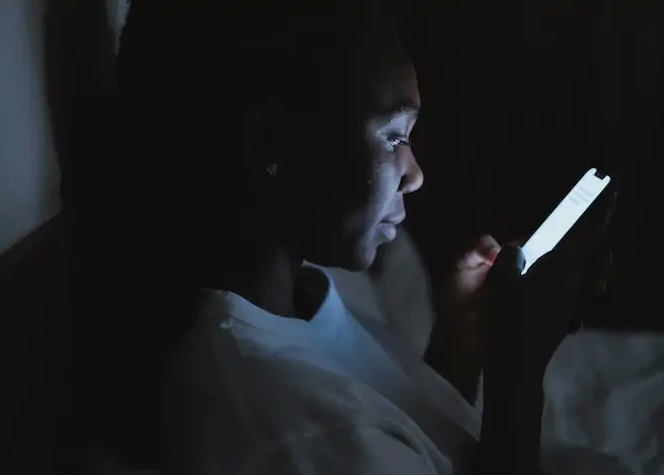As the season shifts, prepare your sleep for changes that come with autumn. The decreasing daylight can disrupt sleep-wake cycles, so maximize any natural light exposure during the day. In the evening, limit bright artificial lighting and embrace cozy lamp and candlelight to signal bedtime.
Cooler temperatures may require swapping out bedding. Opt for warm, breathable natural fibers like wool or cotton in heavier weights. Layer blankets for flexibility to adjust warmth. Add insulation around draft-prone windows and doors. Use a humidifier to combat dry air.
With earlier sunsets, resist the temptation to go to bed earlier or oversleep. Maintain consistent sleep and wake times to stabilize your body’s clock. Be vigilant about healthy sleep habits like limiting caffeine, creating a relaxing pre-bed routine and exercising regularly.
Finally, eat seasonal produce like pumpkins and apples to get vitamins that boost immunity. With small tweaks to your environment, habits and diet, you can continue sleeping soundly through autumn.

Our sleep-wake cycles are intrinsically tied to light exposure. Light signals the brain to feel alert, while darkness triggers drowsiness. This “circadian rhythm” relies on natural light cues.
As evenings become darker in autumn, our bodies ramp up melatonin production earlier, preparing for sleep. But artificial lighting from screens can disrupt this natural process.
Blue light emitted from electronics like phones and TVs is especially detrimental in the evening. It suppresses melatonin, tricking the brain into feeling awake later than desired. This light wavelength impairs the pineal gland’s ability to regulate sleep signaling.
To align your circadian cycle with seasonal changes, maximize morning sunlight exposure. At night, dim artificial lights and avoid blue light from screens. Maintain a regular sleep schedule. Support your body’s natural transition to earlier sleepiness for healthy, consistent rest.

TVs, phones and devices emit blue light that suppresses melatonin, signaling daytime to the brain. This impairs your natural transition to sleepiness as evenings darken. Enable device settings to minimize blue light exposure. Better yet, avoid screens before bed – try reading or relaxing hobbies instead.
What you ingest also impacts sleep. Contrary to popular belief, alcohol actually fragments sleep and diminishes restorative REM stages. For better rest, wind down with natural, caffeine-free teas featuring sleep-promoting ingredients like chamomile, lavender or valerian.
Your bedding should also suit the season. As temperatures drop, make sure your duvet provides ample warmth and insulation with a higher tog rating. But avoid overheating by layering blankets that can be removed. Breathable cotton, wool or flannel pajamas also prevent feeling chilled.
With some simple tweaks to lighting, habits and bedding, you can support your body’s natural transition to earlier sleepiness in the autumn. Take steps to protect your circadian rhythms.

As temperatures drop, ensure your bedding provides the right warmth and weight. Switch to a higher tog duvet around 10.5-13.5, ideal for cooler weather. Layering blankets allows adjustability if overheated. Weighted and high thread count bedding adds coziness.
Create a relaxing atmosphere in your sleep sanctuary. Maintain a room temperature around 18°C for optimal sleep. Soft, dim lighting in warm hues from low-wattage bulbs or salt lamps eases your transition to sleepiness. Keep clutter to a minimum for a calming, tidy environment.
Your bedroom should promote total relaxation. Evaluate your space and make seasonal tweaks to support your body’s natural inclination toward earlier sleep times. A restful oasis sets you up for sound, uninterrupted sleep all autumn long.

After long cold days, you deserve a comfortable mattress that cushions and supports your body for deep relaxation. Choose a model suited to your sleep position and firmness preference. Quality rest restores both physical and mental strength.
The earlier darkness can also impact mood, contributing to seasonal affective disorder (SAD). Prioritize your nightly wind-down and create a peaceful sleep sanctuary. Comfortable bedding and a clutter-free, inviting room set you up for restorative rest.
This autumn, be proactive in adjusting your sleep environment and habits to align with earlier bedtimes. Protect your circadian rhythms by limiting blue light and creating an optimal temperature and atmosphere for sleep. With a few simple changes, you can maintain healthy, robust sleep through the season.

